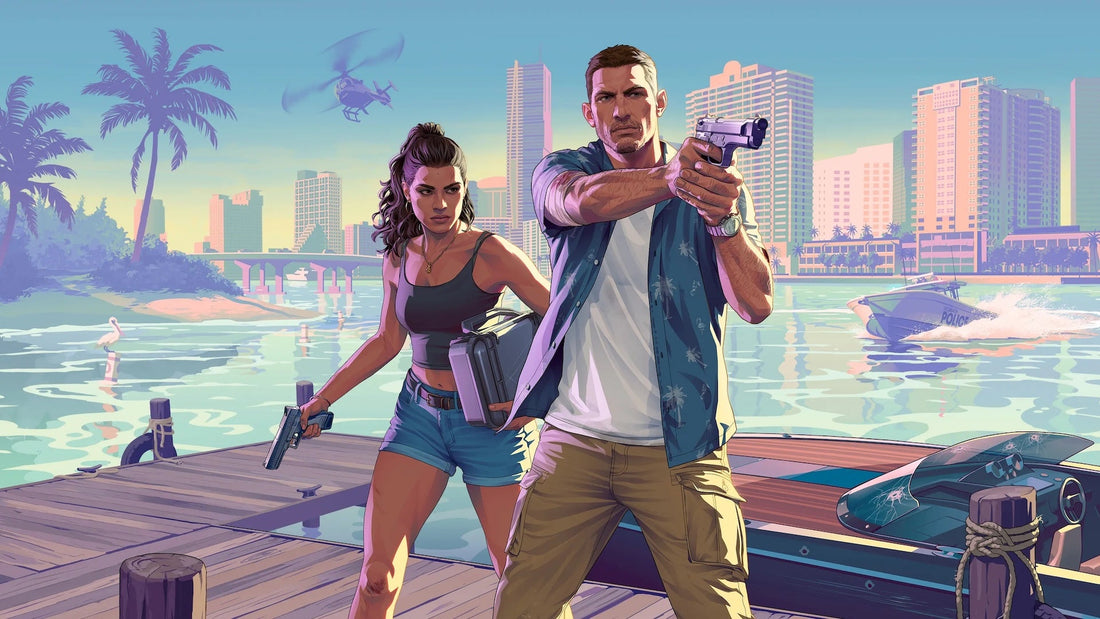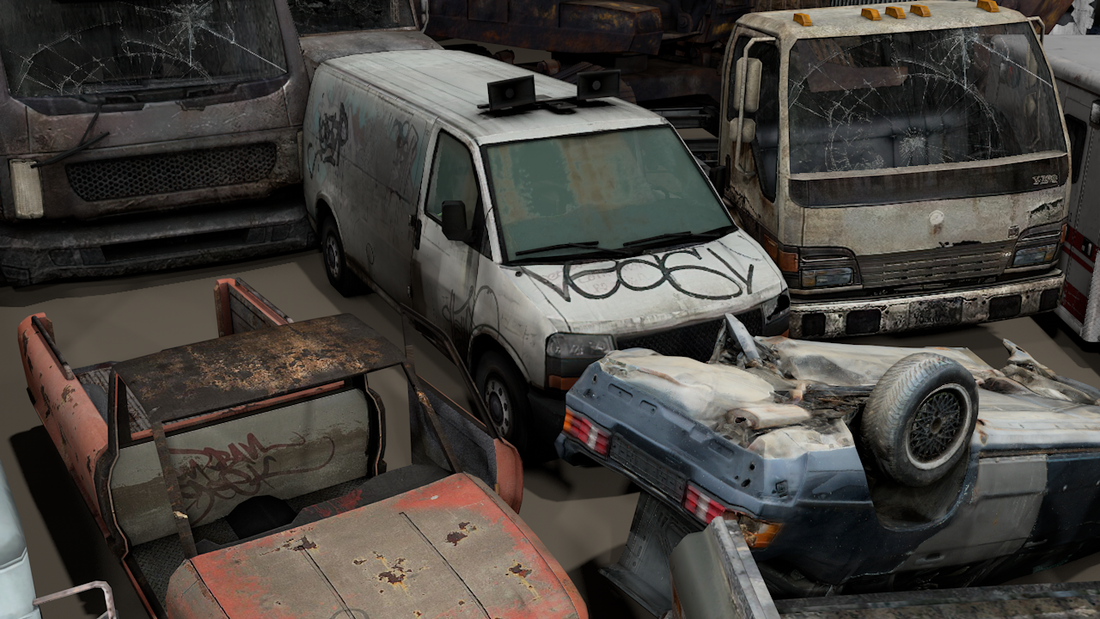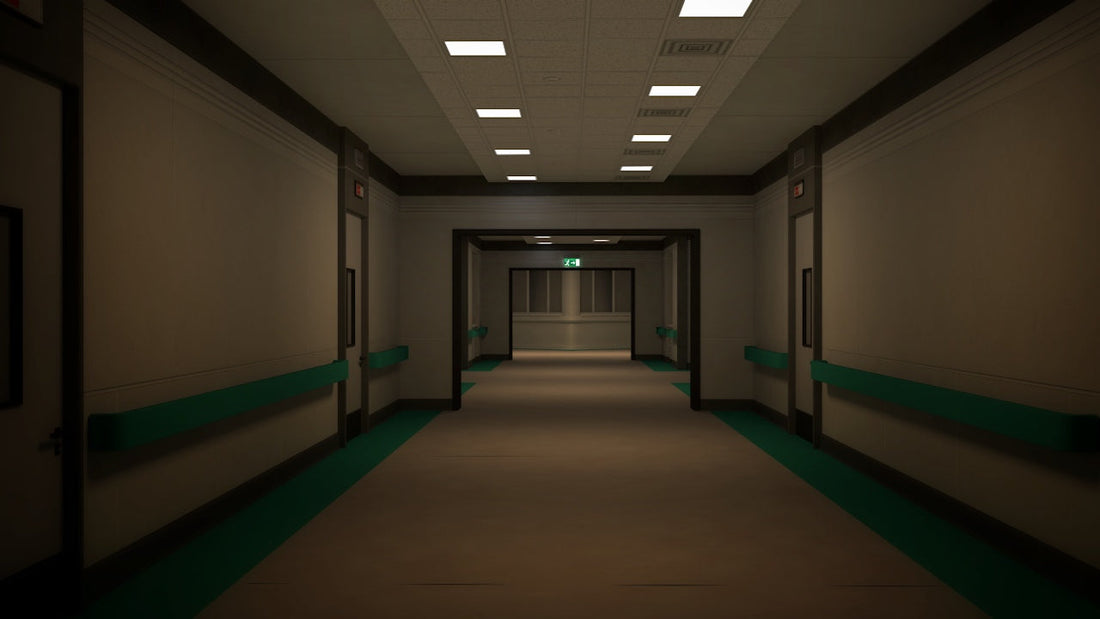The gaming world is holding its breath for Grand Theft Auto VI — and not just for the chaos, cars, or criminal underworld. Rockstar Games is once again pushing boundaries, and this time, it’s set to revolutionize the 3D art landscape. With every new reveal, GTA 6 promises visual fidelity and technological sophistication that could redefine what developers — and players — expect from 3D environments.
Whether you're a AAA studio or an indie developer working in Unity, here’s why GTA 6 matters and what it signals for the future of 3D asset creation.
1. Visual Fidelity: A New Standard Is Coming
From the leaked footage and insider reports, it’s clear that GTA 6 is targeting near-photorealistic visuals. Hyper-detailed cityscapes, dynamic weather systems, and nuanced lighting all point toward an experience that blends cinematic realism with interactive freedom.
What this means for artists:
-
Expect higher baseline expectations for asset resolution, material fidelity, and environmental detail.
-
Real-time lighting and reflections (likely with ray tracing support) will become standard, even for large open worlds.
-
Characters, props, and vehicles will need film-quality models — down to stitching, grime layers, and realistic wear and tear.
Even indie developers will feel the ripple effects, as players grow accustomed to this next-gen realism.
2. Procedural World-Building and Streaming Environments
Rockstar is reportedly investing heavily in procedural generation and real-time asset streaming to manage GTA 6’s massive map and dynamic world.
Why this matters:
-
Artists won’t just model static worlds — they’ll define rules, variations, and modular systems for environments.
-
Indie teams using Unity can adopt tile-based systems, streaming asset loaders, and LOD workflows to mimic large-world performance on a budget.
-
This procedural trend reduces repetitive work and scales better, especially for teams with limited manpower.
Unity developers should start thinking about smart content pipelines — not just pretty assets.
3. AI, Photogrammetry, and the Rise of New Workflows
GTA 6 is part of a broader industry trend toward AI-enhanced workflows and photogrammetry. From scanning real-world objects to using machine learning for terrain or crowd generation, Rockstar’s methods reflect where 3D art is headed.
Takeaways for indie developers:
-
Explore photogrammetry tools (like RealityCapture or Polycam) to create stunning, real-world-based textures and models.
-
Use AI tools for upscaling textures, generating PBR materials, or even auto-rigging and animation.
-
Embrace modular kits and asset libraries that can be easily reused and customized with procedural scripts or runtime logic.
The line between art and code is blurring — the future 3D artist is also a technologist.
4. What Unity Creators Can Learn — and Apply Now
While GTA 6’s budget is massive, the principles behind its innovations are accessible:
-
Use deferred rendering pipelines (URP or HDRP in Unity) for scalable, beautiful scenes.
-
Prioritize modular workflows — design buildings, interiors, and props in kits, not isolated pieces.
-
Experiment with asset streaming tools and Unity’s Addressables system to manage large scenes efficiently.
-
Stay ahead by following trends in AI-generated content, photorealistic scans, and procedural environment design.
Final Thoughts
GTA 6 isn’t just another blockbuster — it’s a technological milestone. For 3D artists and developers, it’s a wake-up call. The bar is being raised across the industry, and the tools to meet it are more accessible than ever.
Indie teams who study and adapt these trends now will be better positioned to create content that stands out in a post-GTA 6 world — without needing a Rockstar-sized budget.



